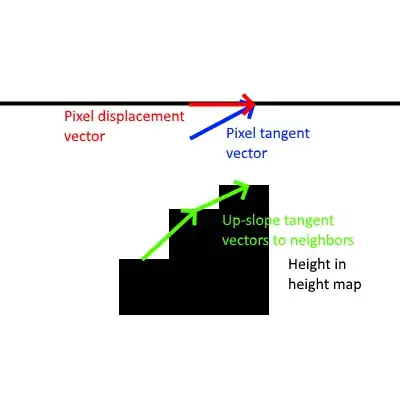So I learned that the feature I am interested in is called a "displacement map". This makes it so you can take a blank t-shirt (with all it's curves and subtle textures), and apply an image to it so it looks like the t-shirt actually has that image on it.
The part I'm wondering about is how do you make this a dynamic process? How do you, say, take a book cover at an angle with specific lighting, or a model wearing a t-shirt in specific lighting at a specific angle, and apply the graphic? How could I go about creating such a "template" image of a blank book or model with t-shirt, such that I can upload an image and it gets nicely applied to the t-shirt and all I have to specify is the width/height/x/y of the image? How do you make it so the image gets rotated/skewed properly? What sorts of data models am I dealing with here?
I am a software engineer but I've never had to deal with such a problem before and it seems like I would have to create something like this... Somehow create a 3D model out of the image I take of a model wearing a T-shirt, turn this 3D model into a displacement map or UV texture or (throw some more graphics jargon at it which I don't fully understand) and then the image will become a texture on a 3D image. This means I have to do a lot of work and sort of sculpt a 3D model out of an image, because I don't see how it could be done automatically....
That's as much as I can imagine. Wondering if one could gently guide me through the process, not in too much detail, but in some detail. I would like to create something like this or this.
